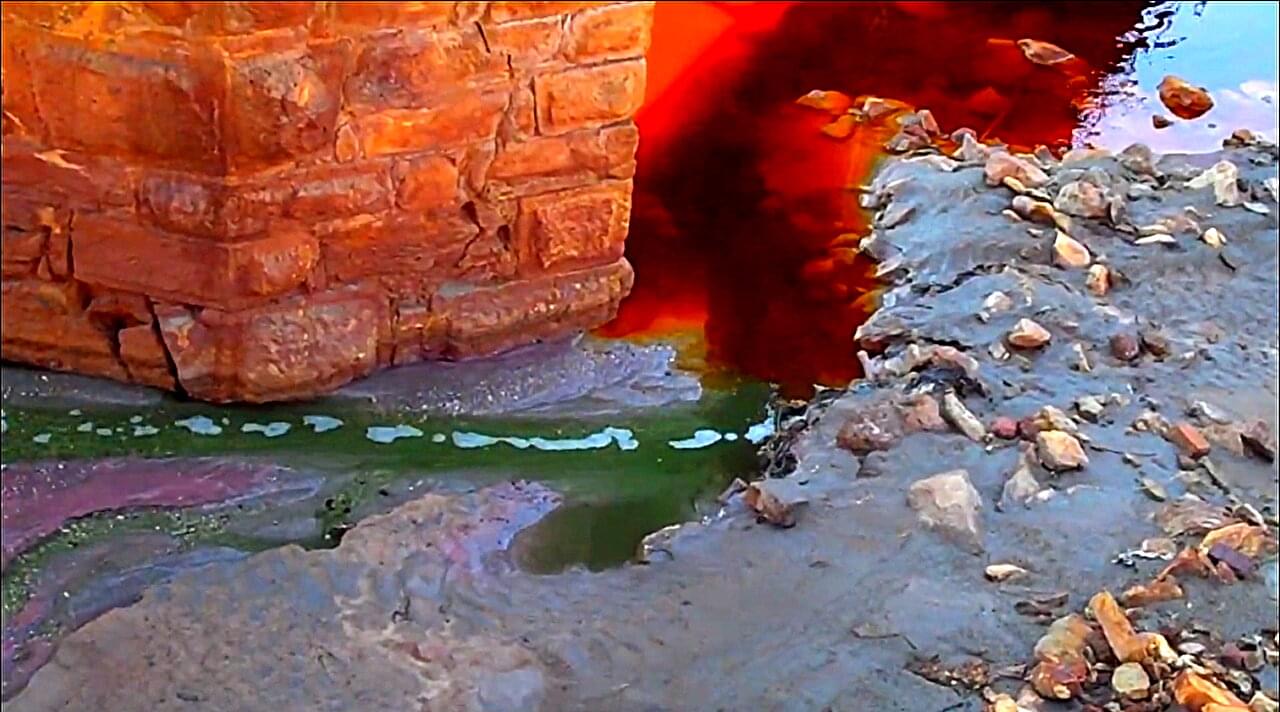Because oxygen-bearing sulfate minerals trap and preserve signals from Earth’s atmosphere, scientists closely study how they form. Sulfates are stable over billions of years, so their oxygen isotopes are seen as a time capsule, reflecting atmospheric conditions while they were evolving on early Earth—and possibly on its planetary neighbor Mars.
A new study led by a University of Utah geochemist examines how sulfate forms when pyrite, commonly known as “fool’s gold,” is oxidized in environments teeming with microbes versus those without them. The researchers focused on Spain’s Rio Tinto, a contaminated river passing through a region where iron and copper were mined for thousands of years.
The paper titled, “Triple-oxygen isotopic evidence of prolonged direct bioleaching of pyrite with O2,” appears in Earth and Planetary Science Letters.
